Baby Lima Beans are named after their place of origin in Lima, Peru...
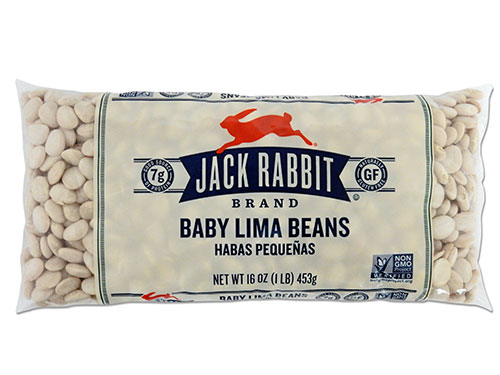

Baby Lima Beans are named after their place of origin in Lima, Peru...
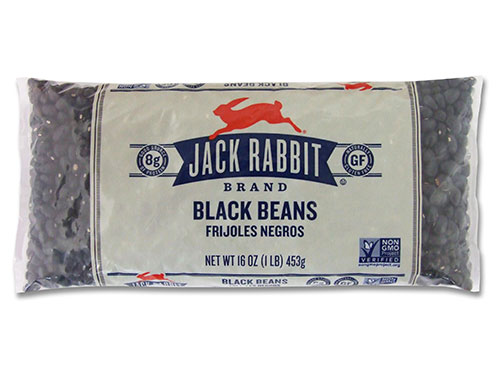
Otherwise known as Black Turtle Beans and frijoles negros, Black Beans are small and round in size. These earthy flavored, shiny, black beans are beloved
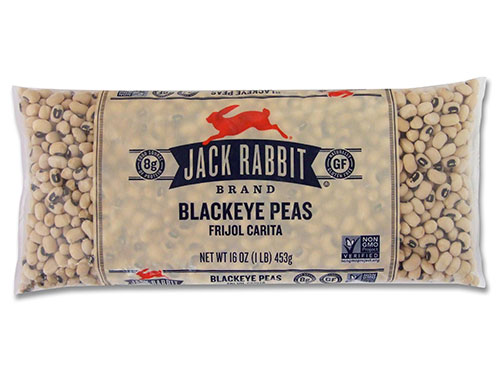
Blackeye Peas were brought to the US from Africa. This light, cream colored, oblong bean has a defined black round “eye” on the curved inner side. They have a distinct flavor which is savory with a light crunchy texture.
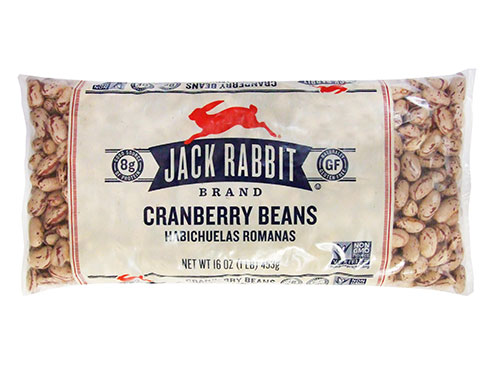
Cranberry Beans are also called Roman Beans and October Beans. They are crimson speckled beans originating in Italy and enthusiastically adopted across America...
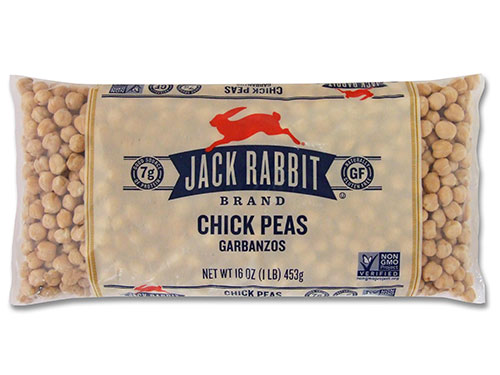
Garbanzo Beans are also known as Chickpeas. These nutty-flavored, chewy-textured beans have grown in popularity all across the world...
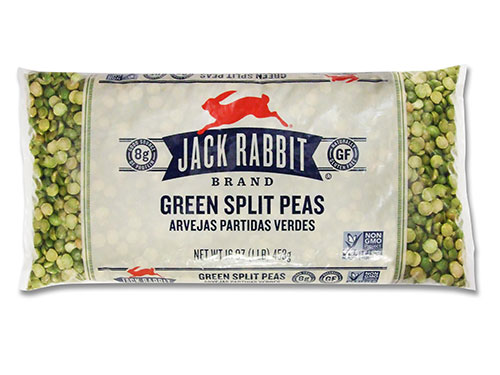
Green Split Peas are native to Central Asia and Europe and were prized by the ancient civilizations of Egypt, Greece and Rome.
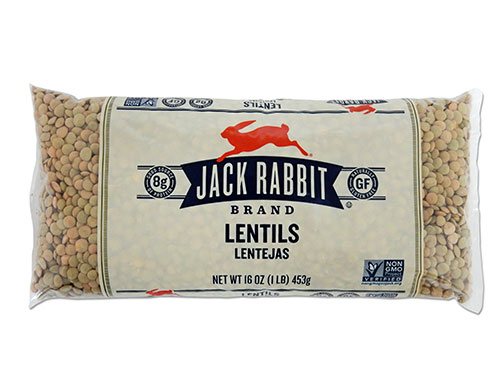
Lentils have been cultivated for close to 10,000 years in the Near East. They became a popular food during Lent thousands of years ago when poor Catholics could not afford fish and needed a meat alternative.
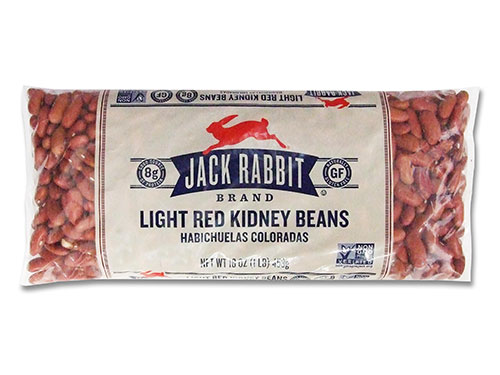
Light Red Kidney Beans are a separate variety from Dark Red Kidney Beans but are very similar in shape, taste and use. They have a...
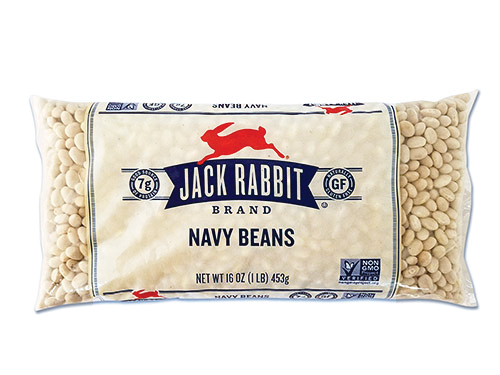
Navy Beans got their name from being served as a staple to sailors since the mid 1800’s. They are also known as Boston Beans and Pea Beans...
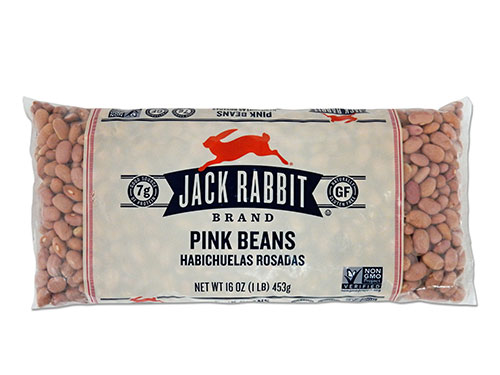
Pink Beans are a favorite in Puerto Rican cuisine and are quite popular in the Western US. This creamy textured bean is also known as habichuela rosada and can be used as a substitute in any Pinto...
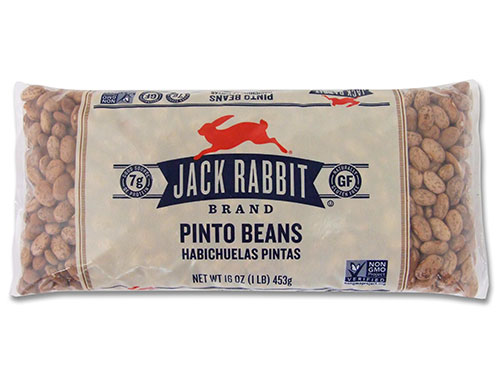
Also known as Red Mexican Beans, Pinto Beans are beige with reddish brown speckles. They resemble painted canvases; hence their name, which translates to “painted” in Spanish...
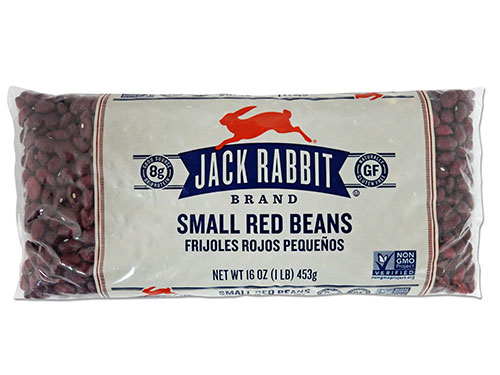
Small Red Beans are known for their place in red beans and rice – an emblematic dish of Louisiana Creole cuisine. This dish has traditionally been made on Mondays because it calls for pork bones left over from Sunday’s dinner.
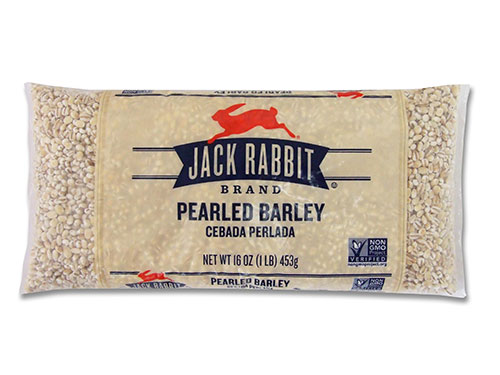
Barley dates back to the Stone Age. This hearty grain is rather versatile, appearing in cereal, soups and alcohol. Regular Barley is a great addition to any soup or stew creating a heartier, fuller-bodied meal...
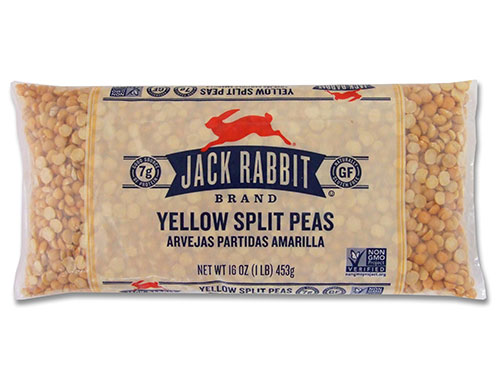
Yellow Split Peas were domesticated before 6,000 B.C. in the ancient Near East. These little yellow peas are husked and split in half. They have a mild, earthy flavor with a creamy texture. Yellow Split Peas are commonly used in soups, stews, casseroles and in Indian Dahl, but they are also frequently used to make dips and spreads.
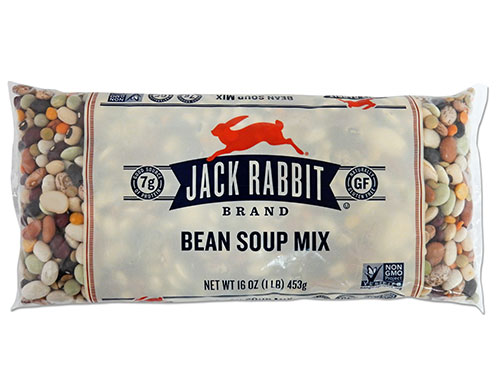
A unique blend that offers a variety of health benefits, flavors and textures. It can be seasoned and cooked any way that you like. This mixture is most popular in soups and stews but can also be used in chili...
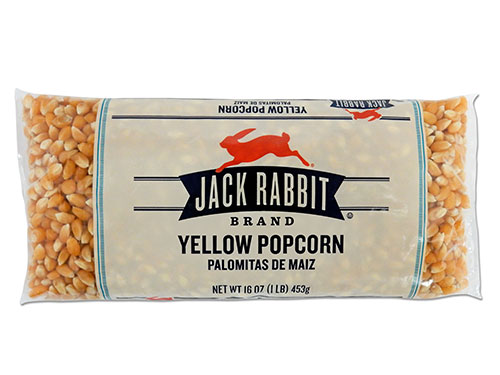
Yellow Popcorn is easily the oldest snack food known to man. According to archeological records, human consumption in the Americas dates back to almost 5,000 B.C....
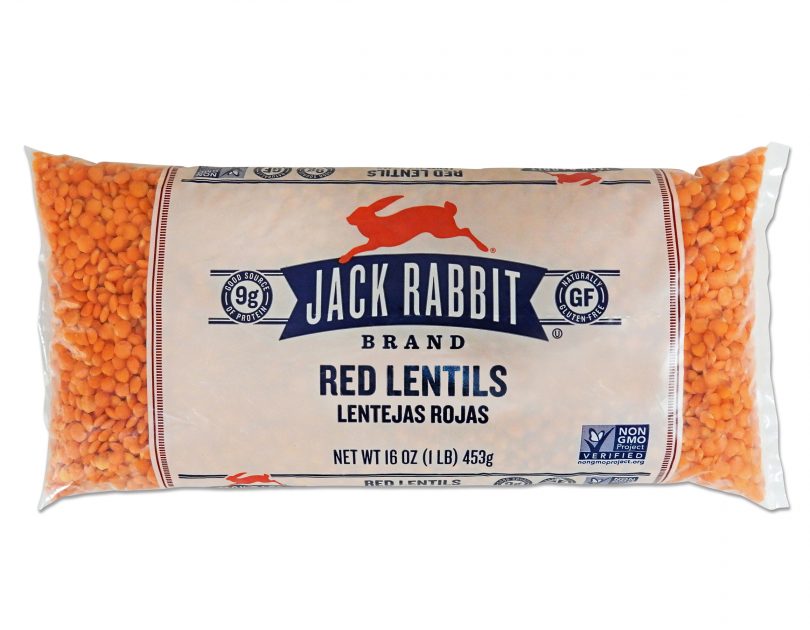
Decorticated Red Lentils have been cultivated for close to 10,000 years in the Near East. The name comes from its distinct shape – two lens-shaped sides – and their light red tint...
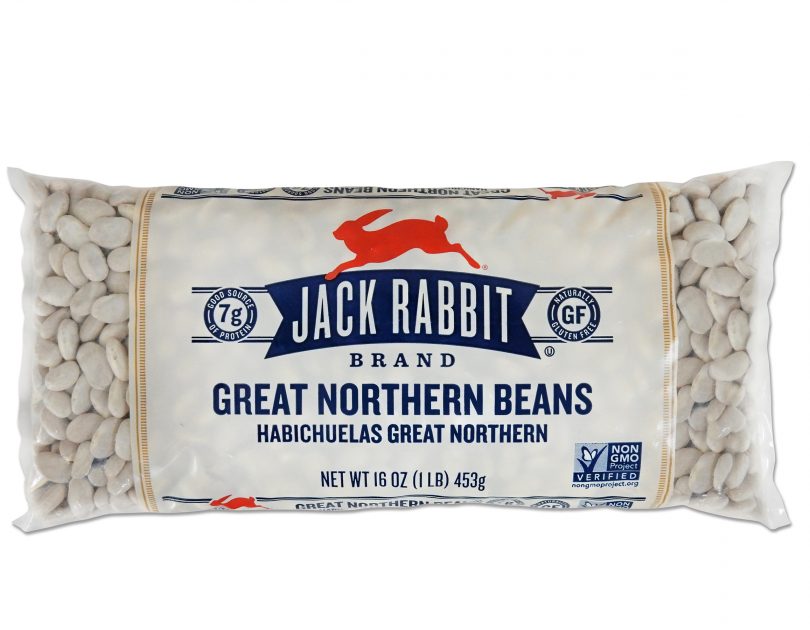
Great Northern Beans are popular white beans in America, Canada, Asia and the Mediterranean. They have a slight nutty taste that readily absorbs flavors of other foods....
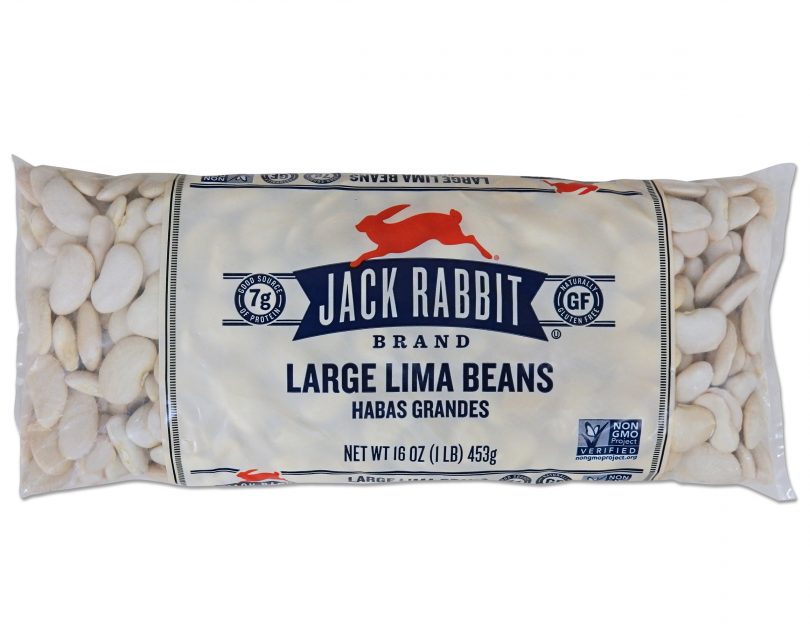
Large Lima Beans are similar to Baby Lima Beans and are named after their place of origin, Lima, Peru. This larger version contains a fuller flavor and dates as far back as the 1500’s.
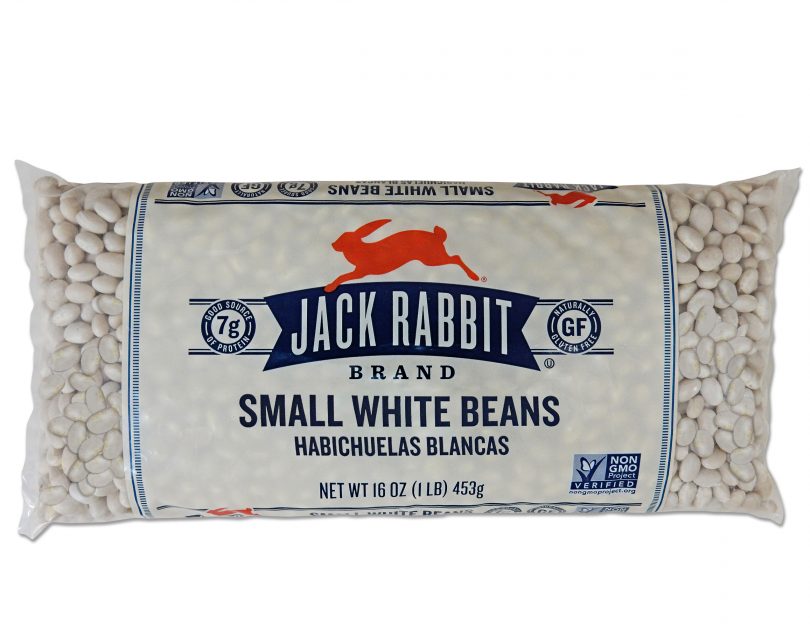
Small White Beans are extremely popular in the United Kingdom and in America. They are most often served as a complement to pork dishes. Their small size and sweet, mild flavor make them a versatile ingredient...
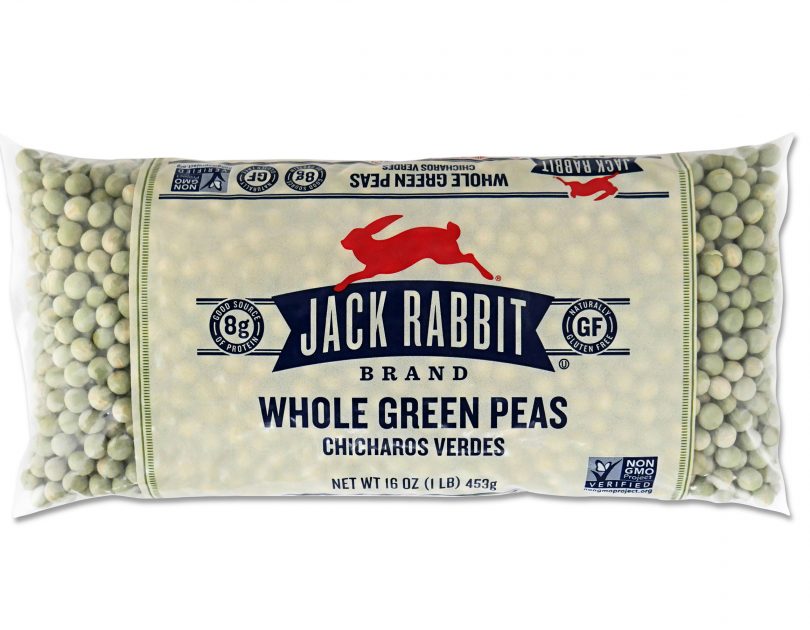
Whole Green Peas helped fight off a famine in England around 1555. A large kettle of thick porridge made of peas hung over the fire in many English homes because few of the peasants could afford meat...
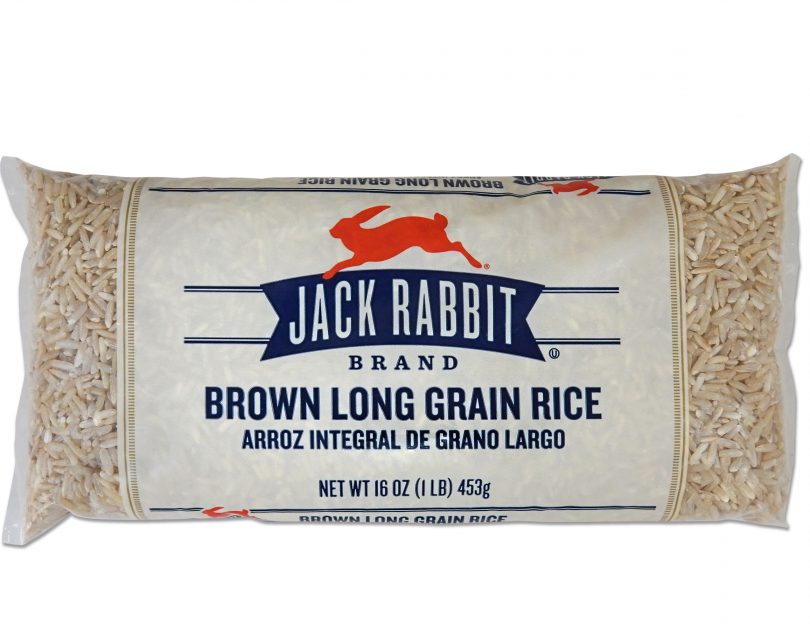
Brown Long Grain Rice has been cultivated since 8,000 B.C. This ancient variety is rice in its truest form. Its bran coating enhances the nutritional value while also creating a nutty flavor and chewy texture....
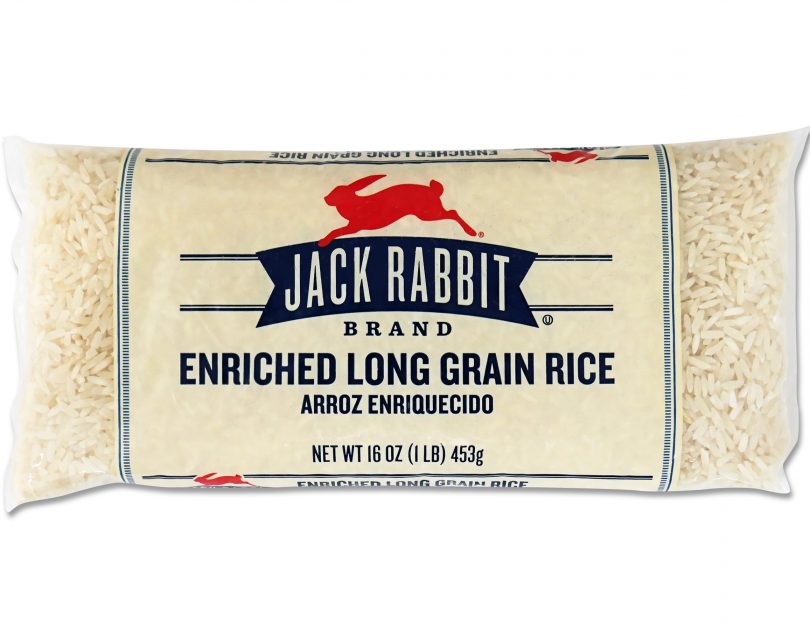
Long Grain Rice was first domesticated in the region of the Yangtze River Valley in China. This ancient cereal grain is the number one directly-consumed grain in the world....
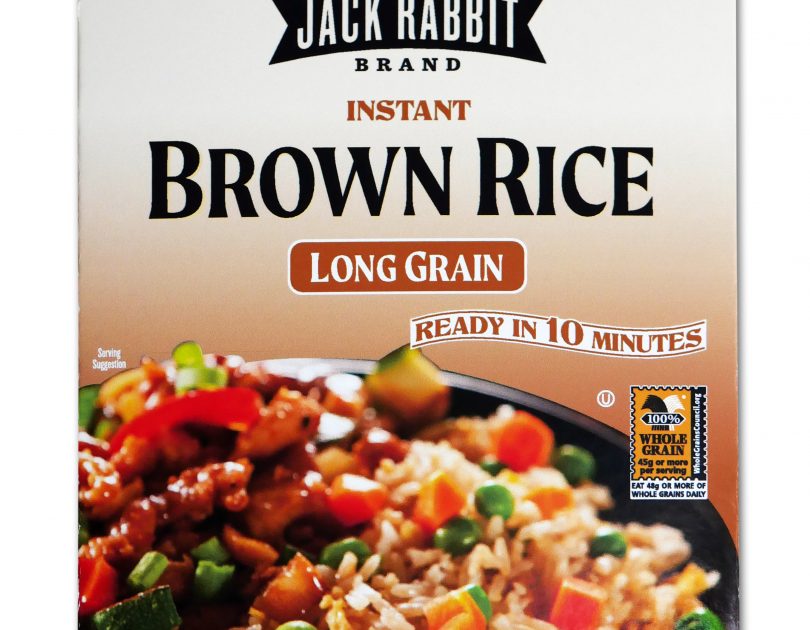
The nutritional differences between a serving of long grain brown rice, which requires about 35 to 45 minutes to cook—and instant brown rice—which cooks in about 10 minutes—are insignificant. Instant rice has simply been fully cooked and then dehydrated so it cooks faster than long grain rice.
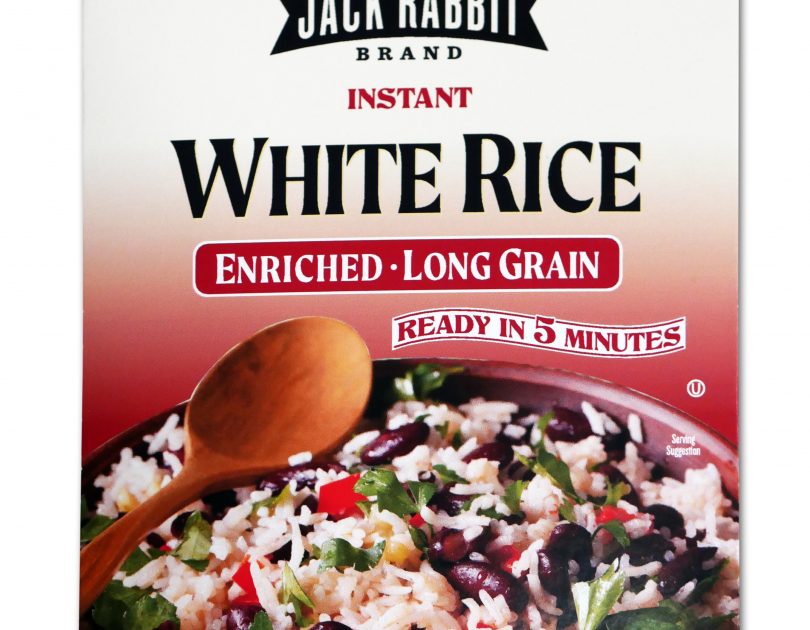
The nutritional differences between a serving of long grain rice, which requires about 15 minutes to cook—and instant white rice—which cooks in about 5 minutes—are insignificant. Instant rice has simply been fully cooked and then dehydrated so it cooks faster than long grain rice.
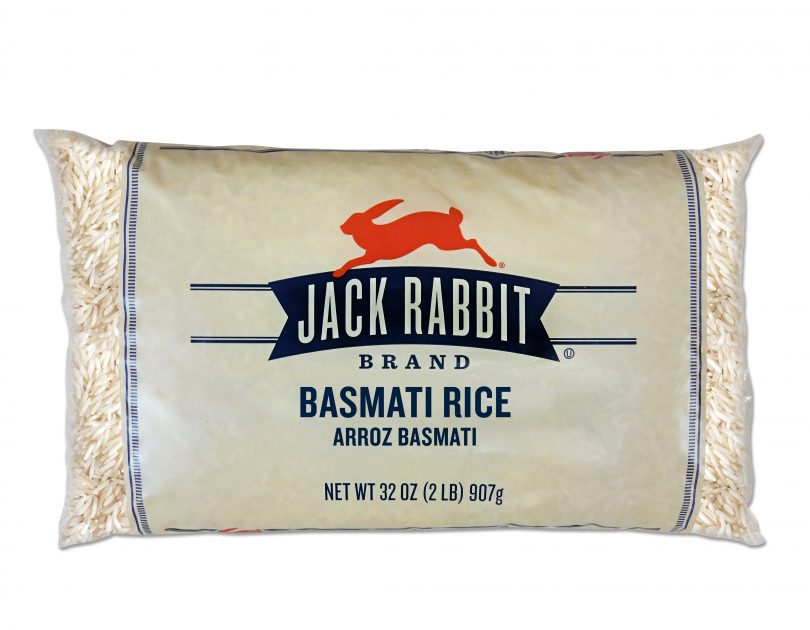
Basmati White Rice also originates from India and is produced by removing the bran (the outer husk of each grain) as well as the germ (the seed that causes the rice plant to grow), leaving the white, starchy portion.
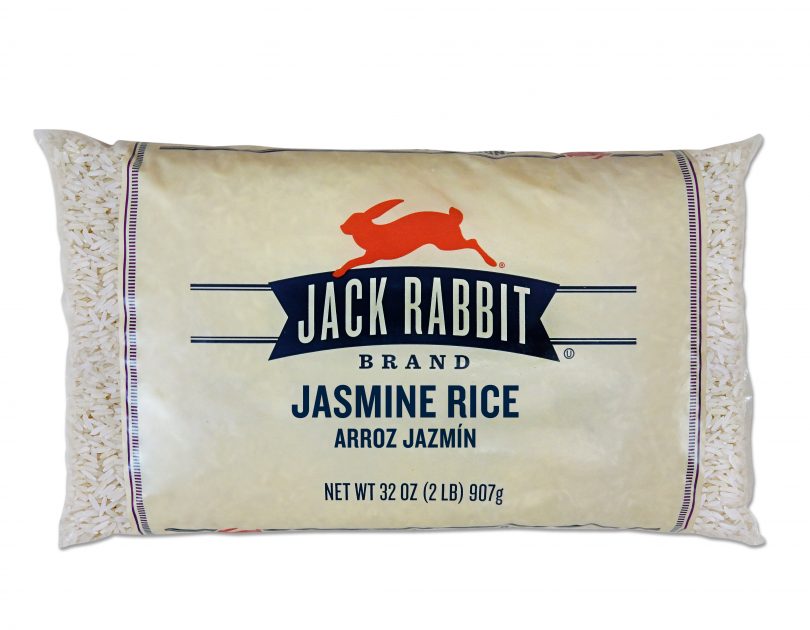
Jasmine Rice has a long grain and primarily grows in Southeast Asia, particularly Thailand. Jasmine rice is a variety of fragrant rice (also known as aromatic rice). It is commonly used in Southeast Asian cooking. Jasmine rice that has a subtle floral aroma and a soft...
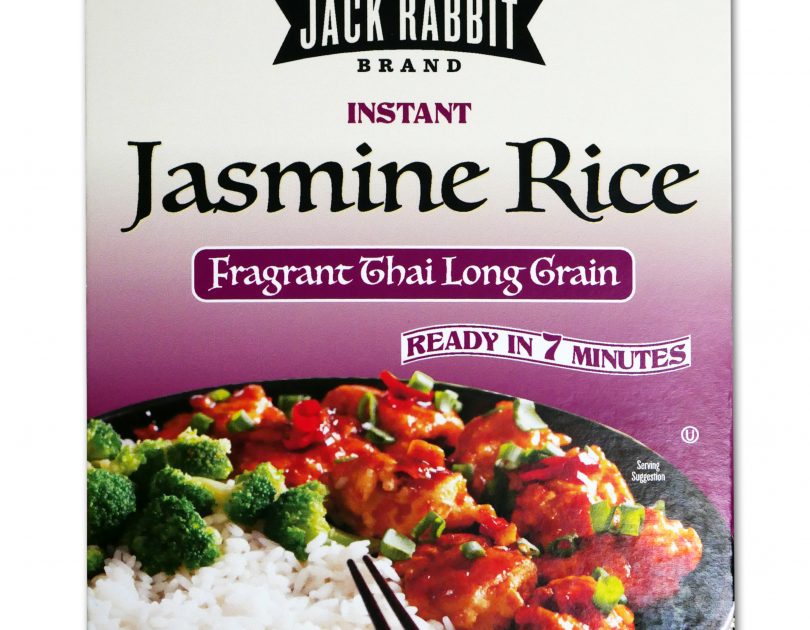
Instant Jasmine Rice is the precooked and dried version of our fragrant jasmine rice. Because it is precooked, it takes just a few minutes to create a sweet, buttery base to any culinary creation...
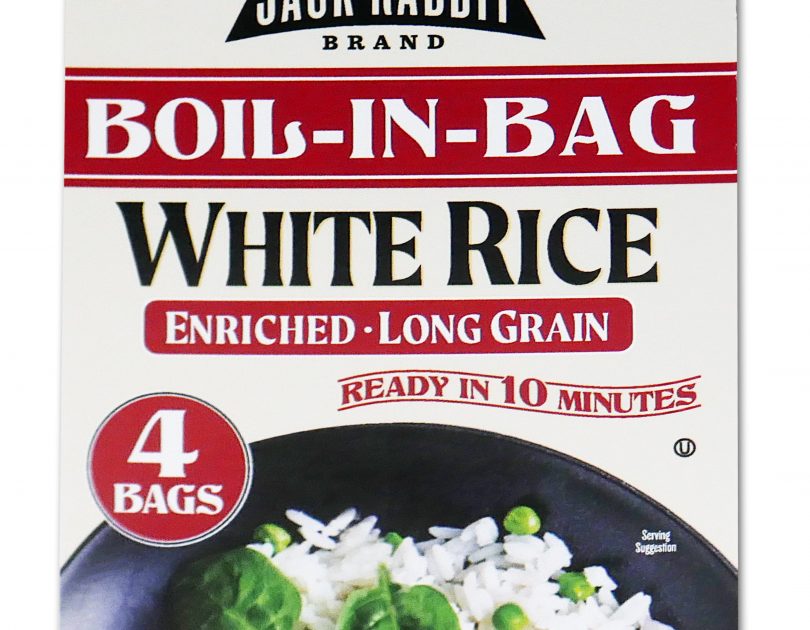
Boil in Bag Instant White Rice is precooked and pre-portioned to take the guess work out of preparation. There is nothing to measure, no mess and easy clean up! Simply boil the bagged rice for 10 minutes...